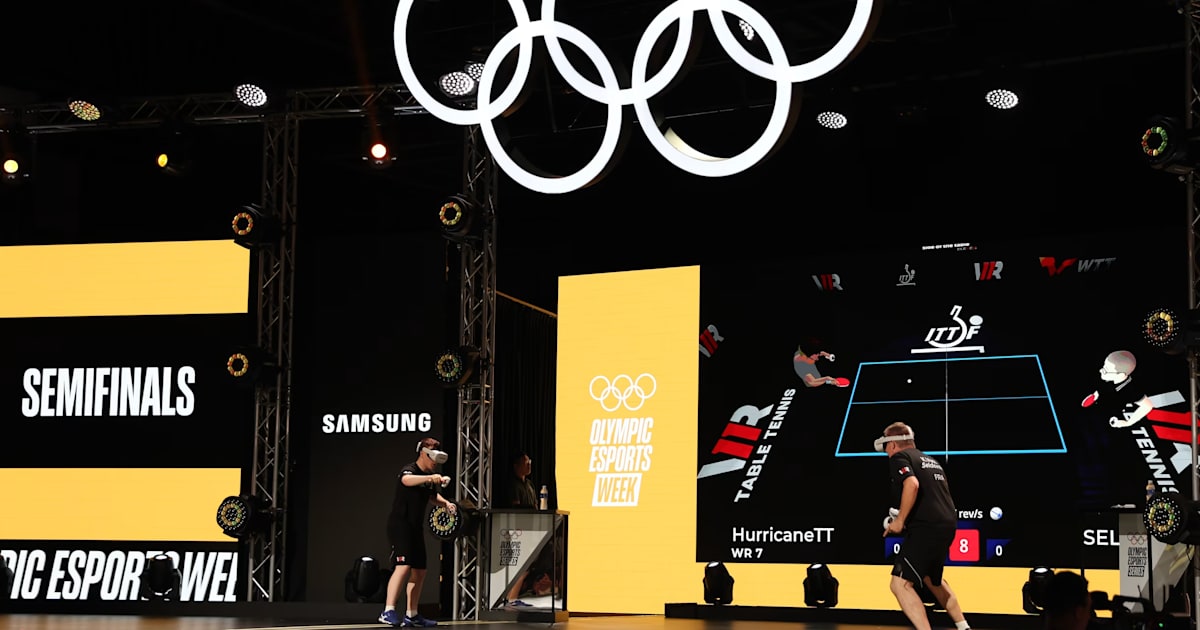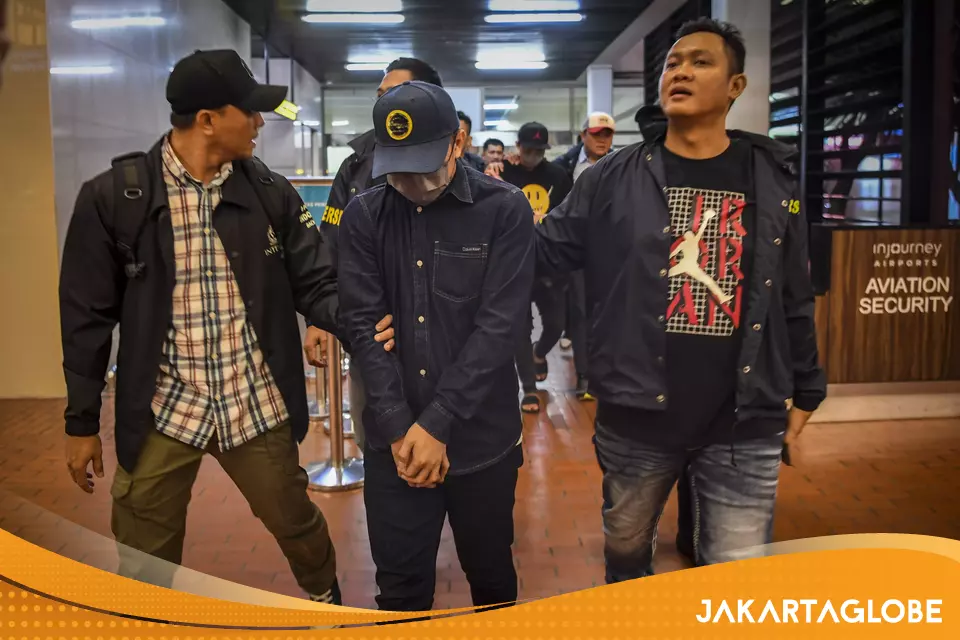The Olympic games in Paris are grabbing the world’s attention as athletes compete over medals and honors. But as the opening ceremony — and especially this year’s introduction of the Olympic Red Carpet — so well demonstrated, the Olympics are not only a display of athletic excellence, but also the longest and largest fashion runway in the world.
If the attention to clothes in this Olympics is heightened by Paris’s status as a fashion capital, the use of uniforms to convey a national identity is part of the games’ overall purpose. Both at the Parade of Nations and during the competitions, athletes are not only showing the best of the human spirit and capacity, but also presenting their own national identity and pride.
While showcasing national sentiments through sports was what propelled the revival of the modern games in 1896, the use of clothing to convey these feelings was not always on the mind of the contestants. During the first Olympic games, athletes donned their own personal clothes and shoes. But in 1908, during the London Olympics, the organizers who were trying to keep track of the different competitors decided that “every athlete taking part will be in the athletic costume of his country.” The organizers also introduced the idea of the Parade of Nations, amplifying the aspect of international competition behind the games.
Yet, it was only in the 1920s that fashion began to take a larger role in the games. During the Opening Ceremony of the 1924 Paris Games, national delegations began to adopt an official uniform, offering visual structure to the procession while also promoting a patriotic message.
The opening ceremony at the 1924 Paris Olympics (Uploaded to YouTube by StephendelRoser)
After World War II, as the Olympics grew in size and political importance, fashion also began to take center stage. Moving beyond a simple flag design on the front of the outfits, countries put an emphasis on their athletes’ appearance as vectors of patriotism and national identity. Using national designers and invoking cultural traditions, countries’ uniforms were not only designed to facilitate athletes’ performance but to invoke national pride.
The U.S. team’s uniforms for the 1956 Olympic Games opening ceremony (Uploaded to YouTube by Olympics)
A ban on advertising and direct political slogans, which was implemented in the 1960s, further enhanced the association of national uniforms with a specific country identity. Yet, designers and brands still managed to turn uniforms into fashion. Outfitting the national team became a way for designers not only to make a name for themselves, but also to construct a national image for their country. Ralph Lauren for example, who has been the official designer for Team USA since 2008, used his own reputation as a designer to associate his “Ivy Style” and preppy design language with Americanism. Working with fashion staples like jeans and polo shirts, and of course the American flag and the red-white-blue color combination, Lauren has made his brand the epitome of the American Olympic spirit and look.

While the use of flags and national colors is an important design feature of every Olympic uniform, over the years Olympic fashions have become their own iconic looks. Cultivating a specific look every four years, the uniforms also offer a way to create legacy and memory. For example, the 2024 Olympic “Go for Glory” leotard of the women gymnastics team is inspired by the one worn by the Magnificent Seven team at the 1996 Atlanta Olympics, the first time the U.S. won gold in that sport.
The U.S. women’s team’s uniforms for the 1996 Olympic Games (Uploaded to YouTube by
kentiemac gymnastics)
The international attention during the Olympics allows for countries and athletes to amplify issues and messages, and fashion plays a central role in this effort. At the 1960 Rome Olympics, Taiwanese athletes had no names on their uniforms in protest of the International Olympic Committee (IOC) refusal to allow them to march under “Republic of China.” On the other hand, between 1956 and 1964, when Germany was still divided, athletes decided to march under a unified flag, all wearing the same uniforms for East and West Germany.

While the use of national attributes in fashion have heightened the political nature of the games, organizers have tried to make the Olympics about shared humanity, not national strife. But even though overt political statements are banned from the Olympics, the IOC can’t prevent politics entirely, especially when it comes to fashion.

In an event where speeches and signs are not permitted, clothing has proved to be an effective tool of protest. At the 1968 Olympics in Mexico, American track athletes Tommie Smith and John Carlos, who won the gold and bronze medals for the 200-meter running event, donned a black glove while raising their fists in the Black Panther salute during the playing of the U.S. national anthem. The American athletes received their medals shoeless with black socks, protesting Black poverty and the continuing discrimination of Black people in the U.S. In addition, they and the Australian silver medalist, Peter Norman, also wore Olympic Project for Human Rights badges on their uniform. Although at the time the gesture was heavily criticized, and the athletes were suspended from the team, Smith and Carlos are now remembered as civil rights heroes and their protest as a celebrated history of the games.
The power of uniforms to show unity and a sense of belonging — especially as national teams are becoming more diverse and inclusive of different races, genders, and bodies — is only going to make the role of fashion in the Olympics more central. In this context, it might not be a bad idea to have an Olympic Red Carpet, as the French did this year. No longer just a marker of one’s nationality, uniforms now, like the famous Olympic motto, strive for “Faster, Higher, Stronger – Together,” but with a lot more bling.

Become a Saturday Evening Post member and enjoy unlimited access.
Subscribe now










